Intravenous Nimodipine for aSAH: What Pharmacists Should Know About GTx-104 and the STRIVE-ON Trial
Key Takeaways
- GTx-104, an IV nimodipine formulation, showed a 19% reduction in hypotensive events compared with oral nimodipine in patients with aSAH.
- The STRIVE-ON trial demonstrated improved functional outcomes and quality of life with GTx-104, suggesting a potential new standard of care.
New intravenous formulation GTx-104 shows promise in improving brain health outcomes for patients with aSAH, offering safer treatment options for pharmacists.
Aneurysmal subarachnoid hemorrhage (aSAH) remains a high-mortality neurologic emergency. Nimodipine has been the mainstay of treatment for years to lower the risk of delayed cerebral ischemia. Recent developments have introduced a novel intravenous (IV) formulation—GTx104—that is designed to eliminate the problems of oral dosing in severely ill patients.
The phase 3 STRIVE-ON justifiability (NCT05995405) study compared continuous IV GTx-104 with standard oral nimodipine in patients with aSAH who were hospitalized, focusing on safety, especially hypotension, as its primary end point.1-3 Pharmacists, particularly those in hospital and neurocritical care, must know and understand these data to prepare for possible formulary decisions, dosing logistics, and monitoring if this agent gets sanctioned.
STRIVE-ON enrolled approximately 100 patients across US centers. This was a 1:1 open-label, randomized design in which participants were given either IV GTx-104, delivered as a continuous infusion of 0.15 mg/h plus a 30-minute bolus of 4 mg every 4 hours, or oral nimodipine, dosed at 60 mg every 4 hours. Treatments were made for up to 21 consecutive days with follow-up through 90 days to capture safety and functional outcomes.2,3 Criteria for inclusion were, in fact, similar to the labeled use of oral nimodipine; thus, adult patients with aSAH suitable for an early start were allowed, whereas those at imminent risk of death were withdrawn.2 The primary safety end point was the occurrence of at least 1 clinically significant hypotensive event reasonably attributable to the drug.
Grace Therapeutics announced that STRIVE-ON has reached its primary safety end point, where GTx-104 was associated with a 19% relative reduction in the occurrence of clinically significant hypotension compared with oral nimodipine (28% vs 35%).1 Significantly, the rates of adverse events were generally similar, and no new safety signals were discovered. The number of deaths in the IV arm (8) was higher than in the oral arm (4), but all were reclassified as disease-related rather than drug-related.1
Secondary end points supported the stability of the intravenous dosing regimen, with 54% of patients reaching a relative dose intensity ≥95% as opposed to only 8% in the oral arm.1 The subgroup of patients treated with IV GTx-104 exhibited positive trends in functional outcomes, such as a 29% relative increase of favorable modified Rankin scores at 90 days, better quality-of-life scores, shorter intensive care unit (ICU) stays, and reduced dependence on mechanical ventilation.1
“These results show that GTX-104 has the potential to deliver nimodipine more consistently and safely than oral administration, addressing an important unmet need for critically ill patients with aSAH,” said Scott Braunstein, MD, chairman and CEO of Grace Therapeutics. “We believe these data support GTX-104 as a potential new standard of care, and we look forward to working with the FDA to bring this therapy to patients.”1
For hospital and neurocritical care pharmacists, the arrival of an intravenous nimodipine option could significantly impact practice. The process of hospital formulary considerations and evaluations will involve these factors: cost, the flow of work in the hospital, and various pharmacoeconomic issues, such as ICU length of stay under review. IV nimodipine dosing is complicated, as it requires a continuous infusion plus a bolus dose, and the pharmacists will be integral in compounding, device programming, and compatibility management.
Although the chances of low blood pressure are lower when comparing intravenous nimodipine to oral nimodipine, careful blood pressure monitoring and taking supportive measures should still be part of the routine. Pharmacists should also anticipate guiding transitions between IV and oral therapy as patients recover and resume enteral intake, while accounting for pharmacokinetics and dosing overlap. In addition, the role of monitoring for adverse events cannot be overemphasized, especially in situations when patients are given several vasoactive drugs in the ICU.
The STRIVE-ON trial data suggest that GTx-104 may provide a safer, more consistent, and clinically advantageous method of administering nimodipine in aSAH patients compared to the oral standard. With fewer hypotensive events, improved dosing fidelity, and operational benefits in critical care, this IV formulation has the potential to reshape management of aSAH if approved. Pharmacists are well positioned to lead in its safe implementation, educate clinical teams, and ensure optimal patient outcomes.
REFERENCES
NCT05995405. Clinicaltrials.gov. Published 2025. Accessed September 24, 2025.
https://clinicaltrials.gov/study/NCT05995405 Grace Therapeutics, Inc. Published September 22, 2025. Accessed September 24, 2025.
https://www.gracetx.com/investors/news-events/press-releases/detail/294/grace-therapeutics-pivotal-phase-3-strive-on-safety-trial-presented-at-2025-neurocritical-care-annual-meeting Grace Therapeutics, Inc. Published 2025. Accessed September 24, 2025.
https://www.gracetx.com/gtx-104/strive-on-trial-summary
Newsletter
Stay informed on drug updates, treatment guidelines, and pharmacy practice trends—subscribe to Pharmacy Times for weekly clinical insights.






















































































































































































































